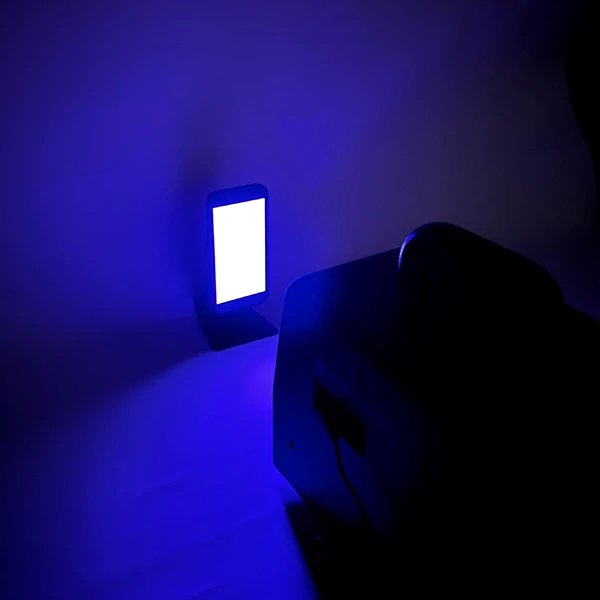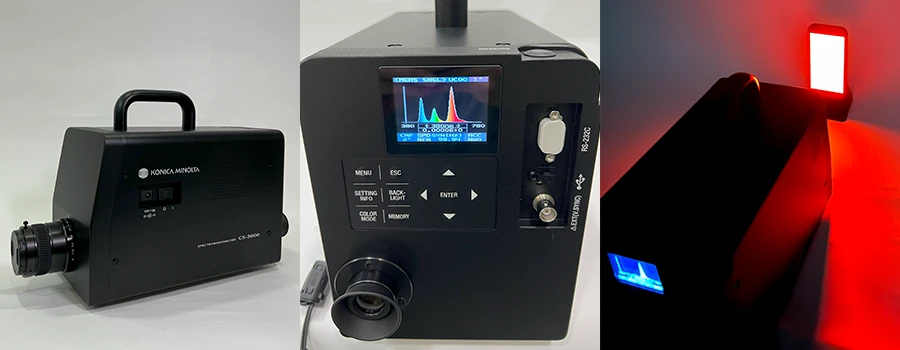Measuring High Dynamic Range (HDR) Displays

Display technologies are constantly evolving, reshaping our visual experiences in remarkable ways, and among these innovations is the High Dynamic Range (HDR). At its core, HDR expands the dynamic range of brightness and color reproduction on display screens, portraying more vibrant colors, deeper blacks, and brighter highlights, bringing visuals closer to how we perceive the world with our own eyes.
One common misconception is equating resolution with HDR. Resolution is a term used to describe the total number of pixels that form an image or display. It is expressed as the total number of pixels horizontally and vertically (e.g., “3840×2160 pixels” for 4K Ultra HD). Resolution directly impacts the sharpness and clarity of an image, where the higher the resolution a display has, the more pixels it has, and the finer the details it can reproduce. On the other hand, HDR focuses on the dynamic range of luminance (brightness) and the color spectrum that a display can reproduce.
Evaluating HDR Display Performance
To truly grasp the capabilities of HDR displays, accurate evaluations are essential. Various guidelines and specifications for evaluating the performance of High Dynamic Range (HDR) displays have been established by associations like VESA, Ultra HD Alliance (UHDA), etc., ensuring displays reproduce the dynamic range of luminance and color that HDR content demands. Guidelines and specifications for evaluating HDR displays encompass a range of parameters. Some of the general parameters include the peak white luminance, black luminance, electro-optical transfer function (EOTF) accuracy, color gamut coverage, etc.
- Peak white luminance refers to the maximum brightness the display can achieve. Typically expressed in nits (cd/m²), a higher peak luminance enhances the display’s ability to render intense highlights and vibrant colors.
- Black luminance represents the lowest luminance level the display can achieve. In HDR displays, maintaining deep and accurate black levels is essential to ensure that shadows and darker areas of an image retain detail and texture. The ability to reproduce true blacks adds depth and contrast to visuals.
- The ETOF is a mathematical function that defines how the display converts the digital signal encoded in the images and videos you’re watching to actual luminance levels. Accuracy in EOTF ensures that scenes are presented on the display as intended by content creators, with accurate highlights, shadows, and gradations of brightness.
- Color gamut refers to the display’s coverage of color spaces like Rec. 2020 or DCI-P3. Evaluating color gamut coverage ensures the display can accurately reproduce the full spectrum of colors, from the deepest reds to the most vivid greens and blues.
Accurately measuring the diverse parameters that define HDR display performance necessitates the need for specialized display measurement instruments like spectroradiometer, display color analyzer, etc.
Display Metrology Instruments for HDR Display Evaluation
Konica Minolta Sensing offers a comprehensive range of display measurement instruments and solutions for testing and inspecting various types of displays, from LCD to OLED, etc. Notably, the Konica Minolta Spectroradiometer CS-3000HDR is a highly accurate instrument that provides measurement in a wide dynamic range, from low luminance of 0.0001cd/m2 (1° measurement angle) to 10,000,000 cd/m2 (0.1° measurement angle), offering an accurate and reliable evaluation of the performance of HDR displays, including those utilizing micro-LEDs.

Interested to find out more about Spectroradiometer CS-3000HDR? Or perhaps you need help finding the right display metrology instruments or imaging systems for your display testing and inspecting applications? Feel free to contact us to arrange a free demo of Spectroradiometer CS-3000HDR or consultation with our specialists.
